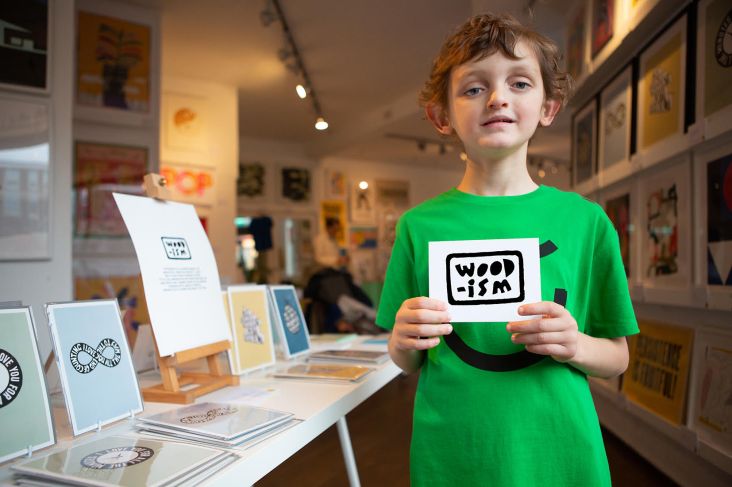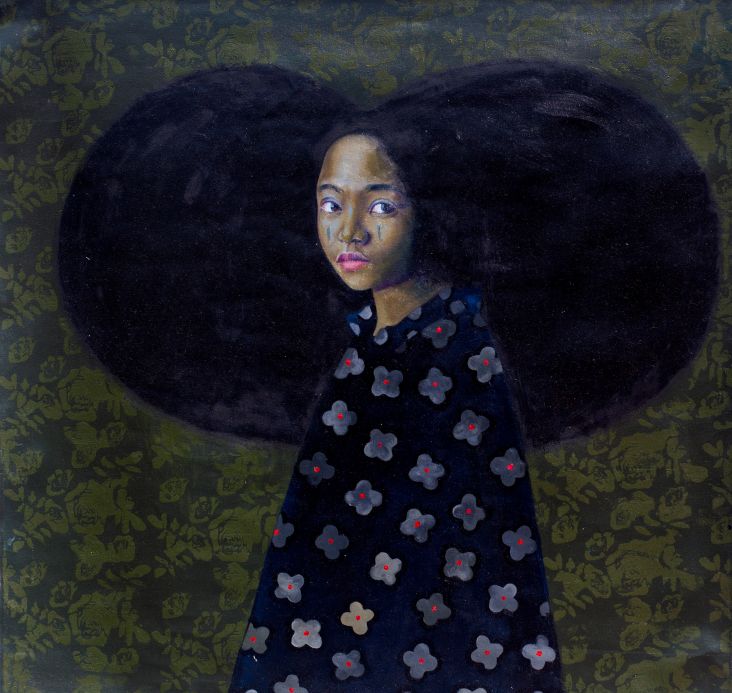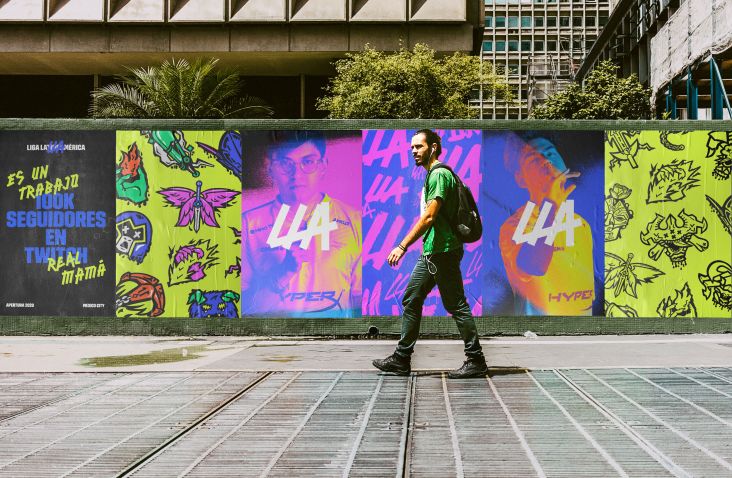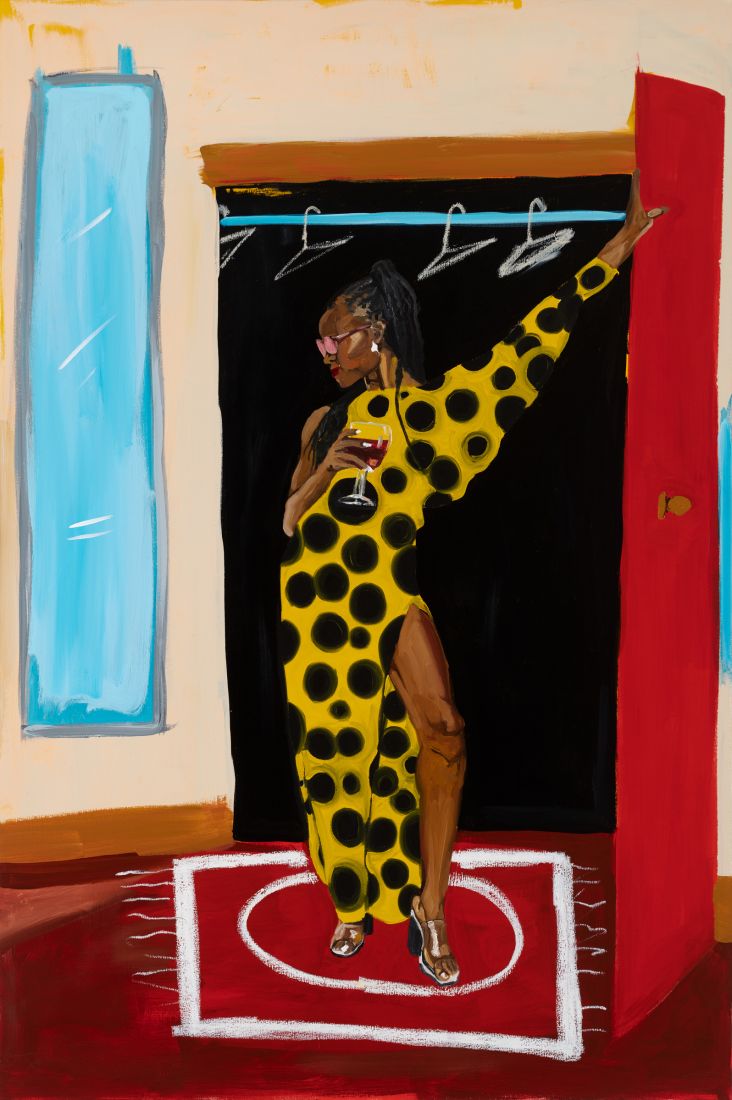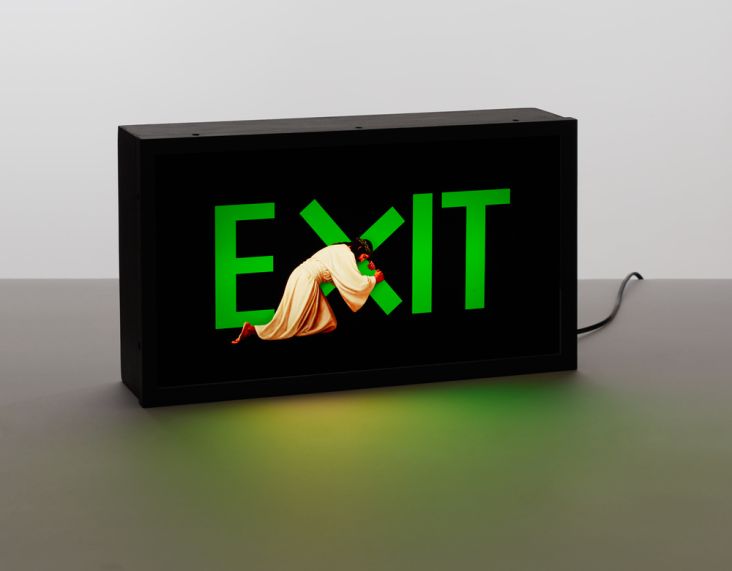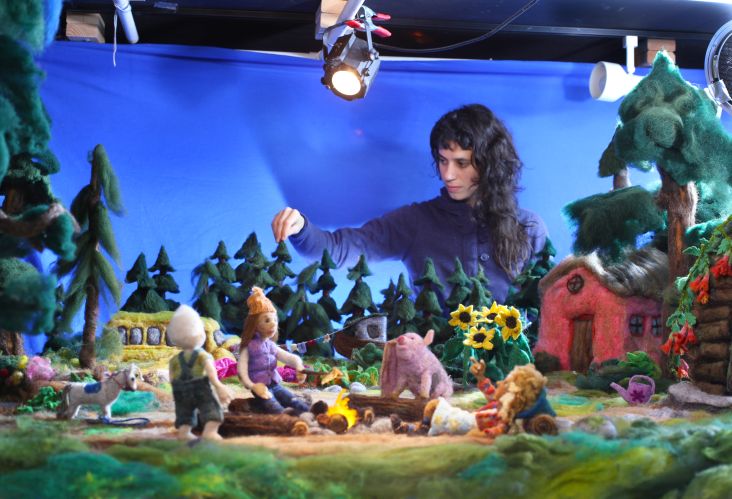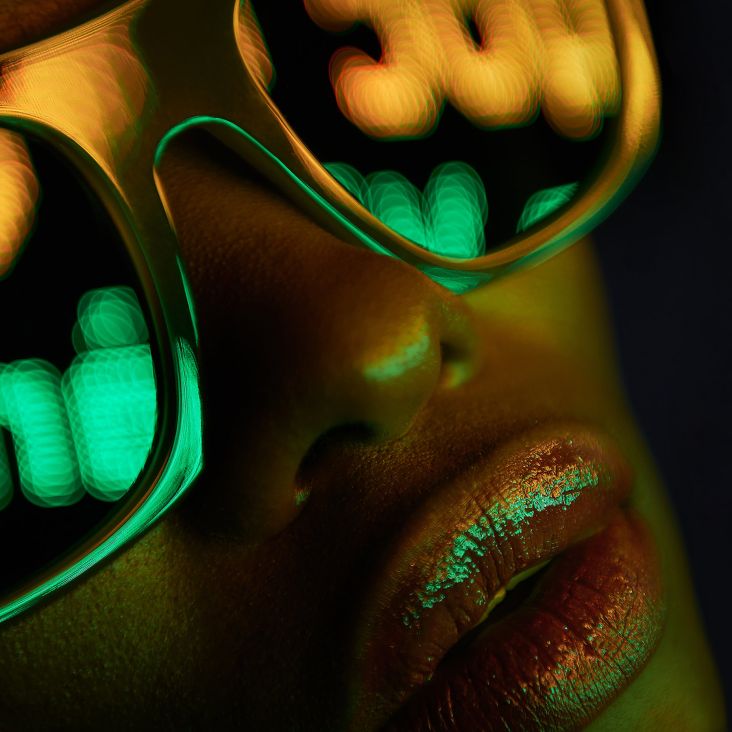From Kraftwerk to The Chemical Brothers – The Design Museum to explore the hypnotic world of electronic music
The Design Museum in London is turning itself into a club this April, as it launches a new exhibition exploring the hypnotic world of electronic music and rave culture.
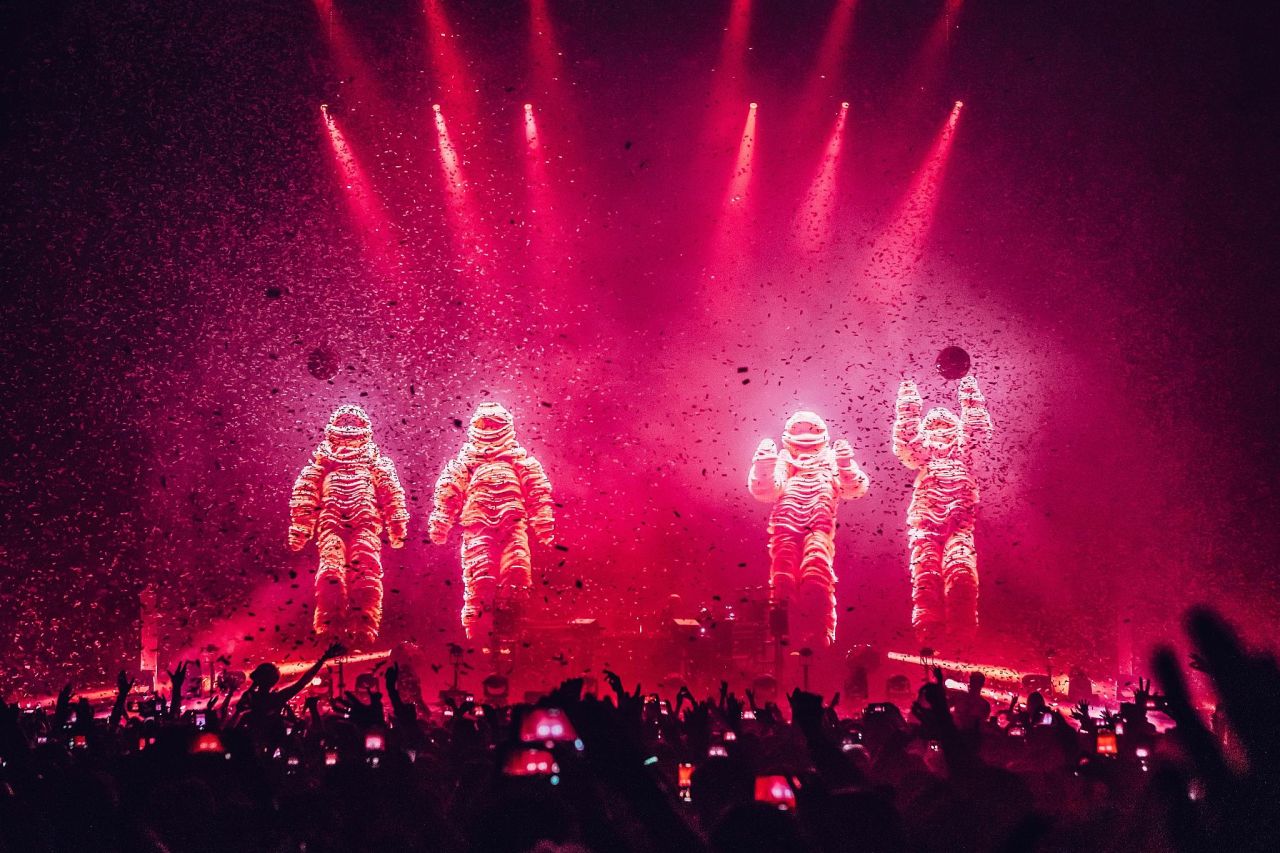
The Chemical Brothers © Luke Dyson, courtesy of Design Museum
With lighting and video synched to a specially curated soundtrack by French DJ Laurent Garnier, the music-themed show will reveal how design, technology and innovation powered the genre in the work of visionaries including Kraftwerk, The Chemical Brothers, Jeff Mills, Daphne Oram, Jean-Michel Jarre and Aphex Twin.
You'll be able to experience the museum premiere of electronic pioneers The Chemical Brothers' sensory spectacle by creative studio Smith & Lyall featuring mesmerising visuals for the Grammy award-winning track Got to Keep On. You'll also delve into the extreme visual world created by Weirdcore for Aphex Twin's Collapse tour and celebrate 50 years of legendary group Kraftwerk with a 30-minute 3D experience.
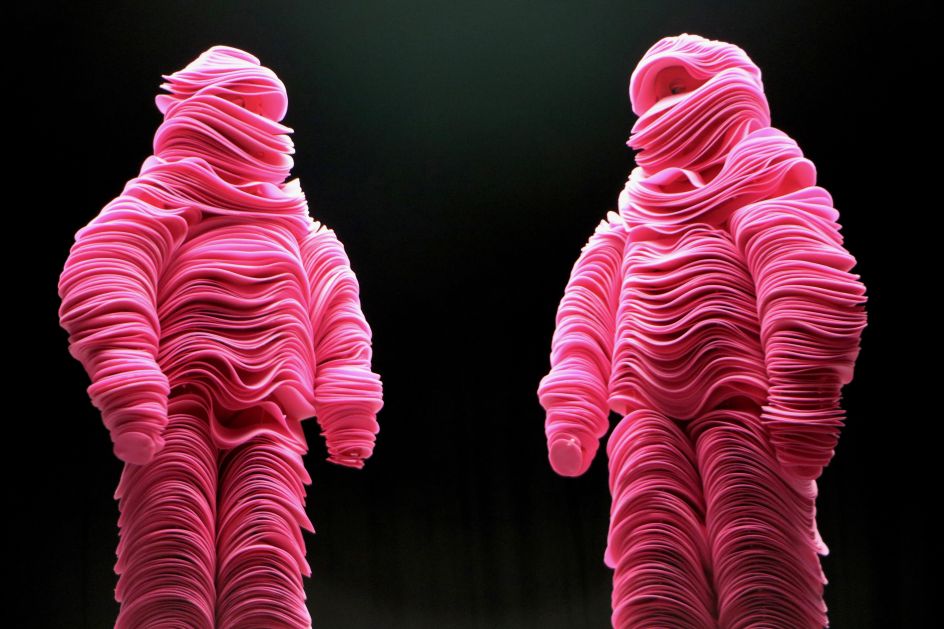
The Chemical Brothers © Tony Pletts, courtesy of Design Museum, London
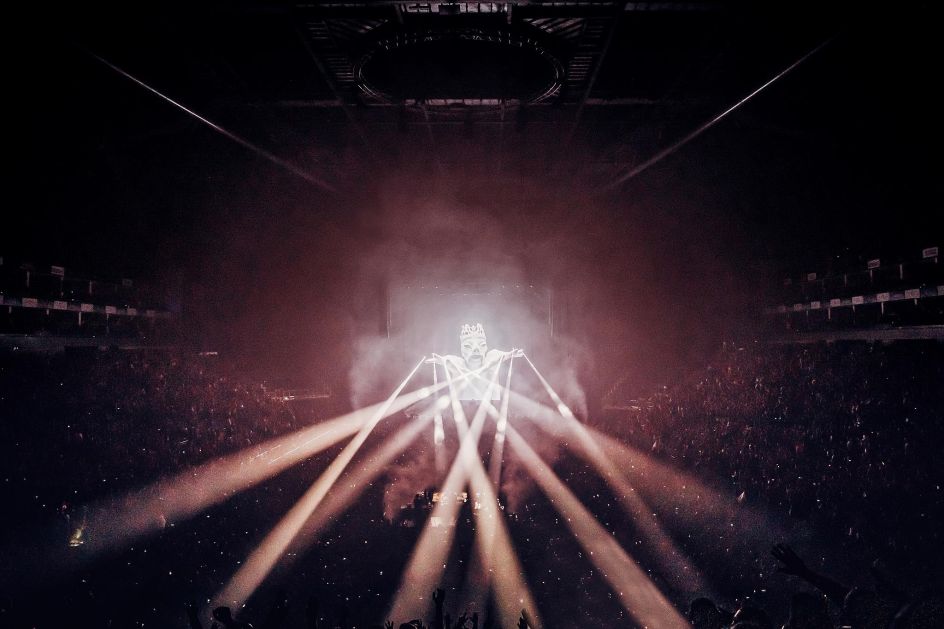
The Chemical Brothers © Tony Pletts, courtesy of Design Museum, London
This exhibition also makes connections between electronic music and contemporary design, fashion and art. There'll be featured works by Charles Jeffrey of Loverboy, Andreas Gursky, Peter Saville, Boiler Room, The Designers Republic, Christian Marclay, Jeremy Deller and more.
Co-curator Maria McLintock tells Creative Boom: "I've long been part of the London electronic music scene and have many friends who are DJs and musicians, so I feel I have a profound connection to the genre. Helping to pull together this show made me appreciate all those who have kept this part of our culture alive."
She adds: "I'm so thankful for the pioneers of the scene, like Jeff Mills and Daphne Oram, who pushed technology forward to make new and interesting sounds. It was also a joy to delve into how design and music work together, sharing and collaborating to push creativity."
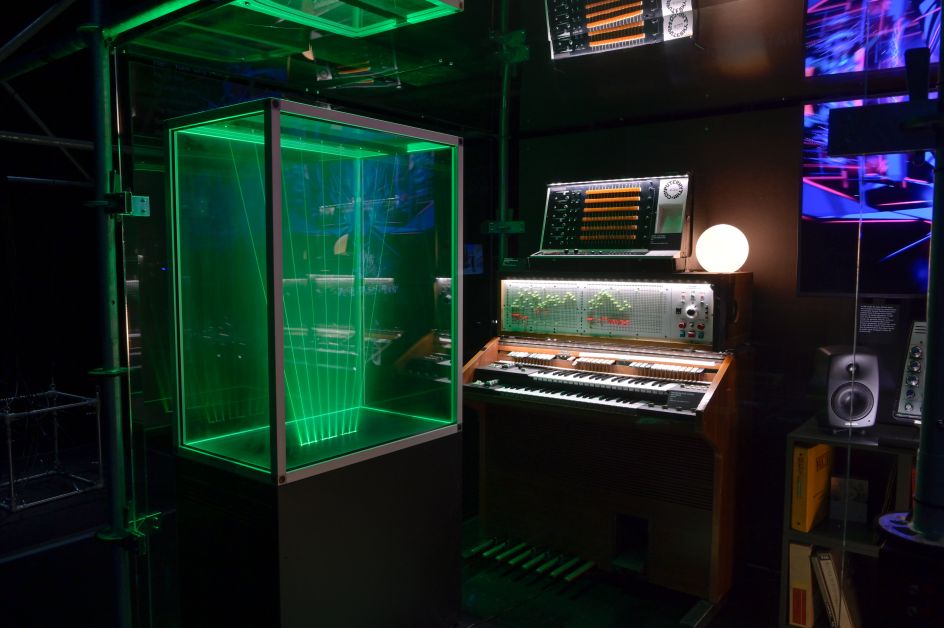
Jean Michel Jarr's virtual studio. Photo credit - Gil Lefauconnier
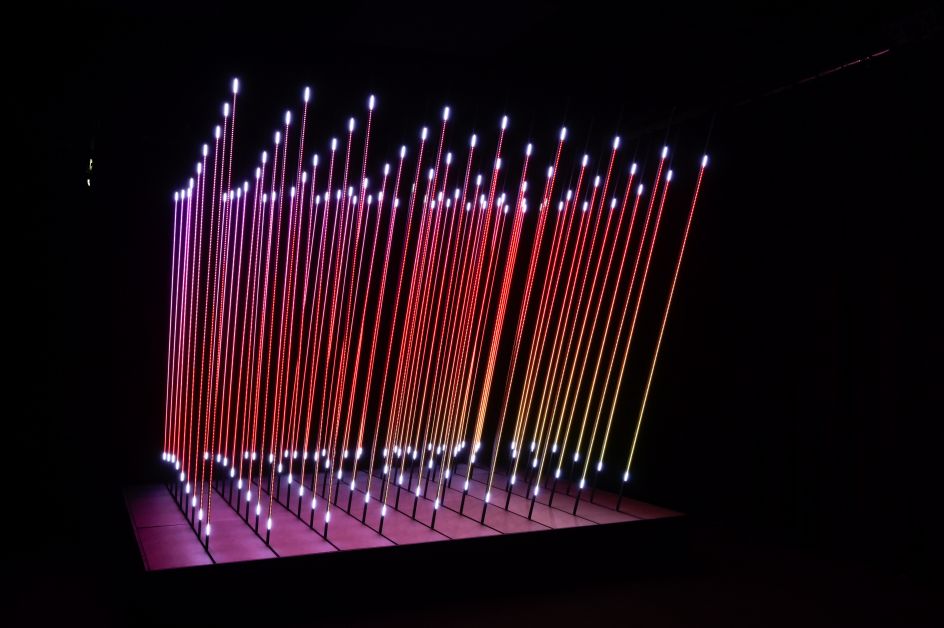
CORE by 1024 architecture. Photo credit - Gil Lefauconnier
Featuring over 400 items, the show is divided into four sections: Man and Woman Machine, Dancefloor, Mix and Remix, and Utopian Dreams and Ideals.
The journey begins with a timeline of revolutionary instruments and the innovators who pioneered them, including Donald Buchla, Tadao Kikumoto for the Roland Corporation and Daphne Oram for the BBC Radiophonic Workshop. There'll also be an 'imagined' music studio from electronic music innovator Jean-Michel Jarre, a dynamic light installation by 1024 architecture and the Moog 55 synthesiser and the iconic TR-808.
Travel to warehouses and dancefloors across the world in celebration of rave and club culture. Explore the design process behind the vinyl sleeves of Tomato and Underworld, fetish fashion by iconic designer Walter Van Beirendonck, objects from the iconic Haçienda club and turn back time with large-scale images of rave culture by Andreas Gursky.
Expect to see clothing by Charles Jeffrey of Loverboy, projections of dancers from all corners of the globe including New York, Paris, Rio de Janeiro, and Moscow and relive the moment of ecstasy experienced by many on the dance floor.
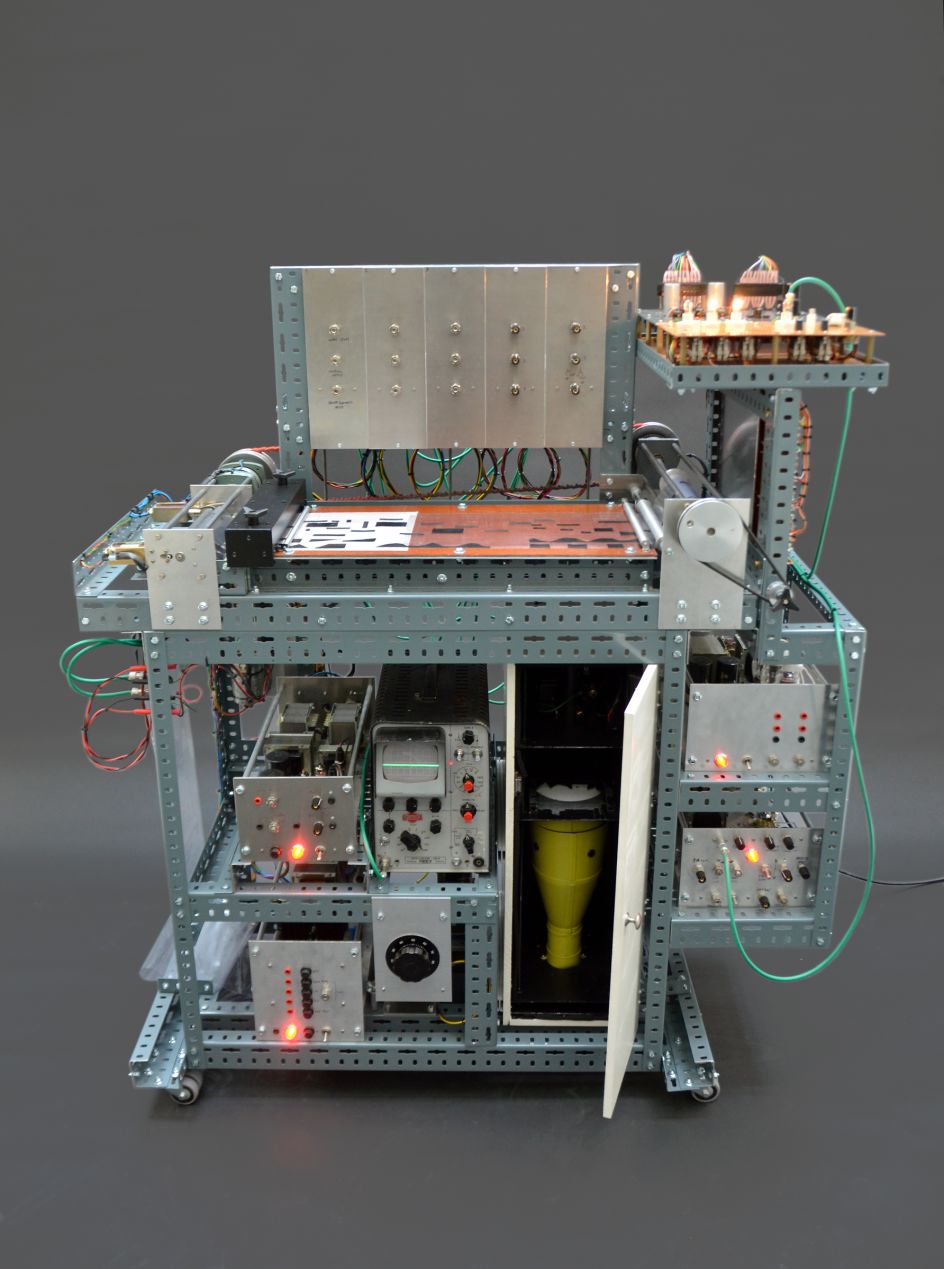
Peter Keene, In Search of Daphne, The Oramics Machine Revisited, A Work in Continual Progress 2015-2018

MR 808 interactive by ROBOTS SONIC. Photo credit - Gil Lefauconnier
From icons on your streaming service to covers of cherished vinyl records, cover art is seen as an extension of the artist and their genre. The exhibition looks at how Christian Marclay, Peter Saville, Samo Takahashi and Mark Farrow responded visually to the music, fusing fine art, film and sound. See how club posters from the recent campaign that saved Fabric, alongside Cream, Warehouse Project and the Designers Republic used graphic design to tell their story.
On the upcoming show, we asked Ian Anderson of The Designers Republic what it's like to reflect: "It's interesting to look back in the context of what I'm doing now, but I prefer to look forward. It's interesting to measure how I've changed relative to how the world that surrounds me has changed.
"We had a good time making it all happen, how we wanted it to happen, but I'm more focused on having a good time and trying to push the envelope now. I'm not nostalgic, but I do have a fascination with memory and how the present then is reduced to resource now, and how work we created to be fluid and evolutionary then turns to stone when curated and collated in a museum."
Asked how electronic music has influenced his own life and work, Ian said: "How long will it be before 'electronic' music is just regarded merely as 'music'? I think we're beyond the time when the means of production are more important than the creativity and content in music or any art form. The future is already here – what are we going to do with it is more interesting, more important than how?
"But I do understand your question. The reality is that since the '70s (and 'Krautrock' bands such as Faust, Popol Vuh, Cluster and Kraftwerk), I've been drawn to the possibilities of contemporary music as far away from the cliches of rock and roll as possible. I'm interested in listening to music, repetition and rhythm.
"You can include a palette as wide as mid-period Miles Davis to the dub of Jammys, Tubbys, Scientist and Scratch Perry. 'Electronic' music frees the creative process from the drudgery of virtuoso musicians, focuses on ideas not the technique, the exploration of the possible beyond the mastery of the tools. Like typography, the best music is about the (negative) space, as much about what isn't there as what is."
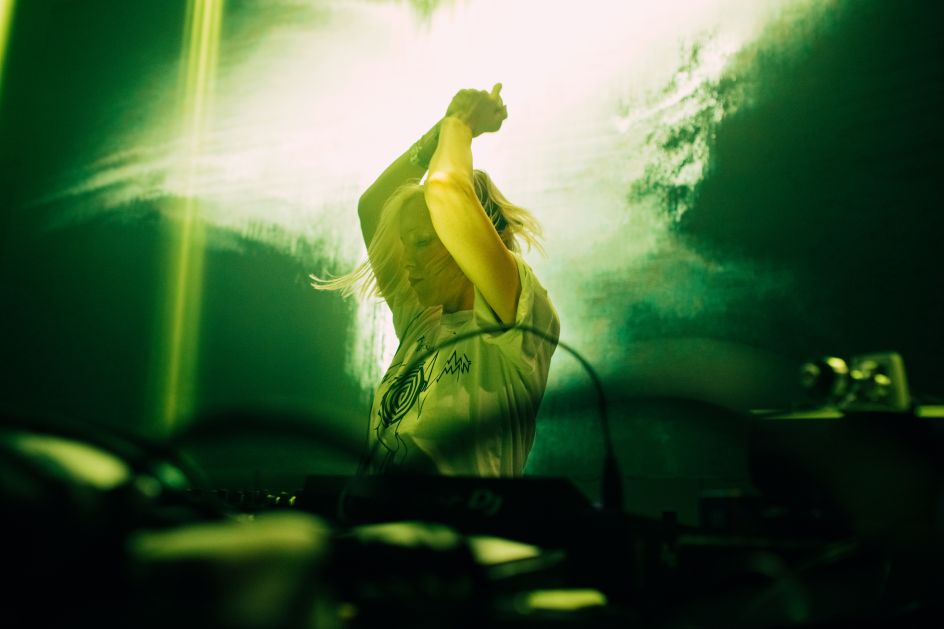
Jacob Khrist, La DJ et musicienne Ellen Allien, Festival N.A.M.E., Roubaix, 2017
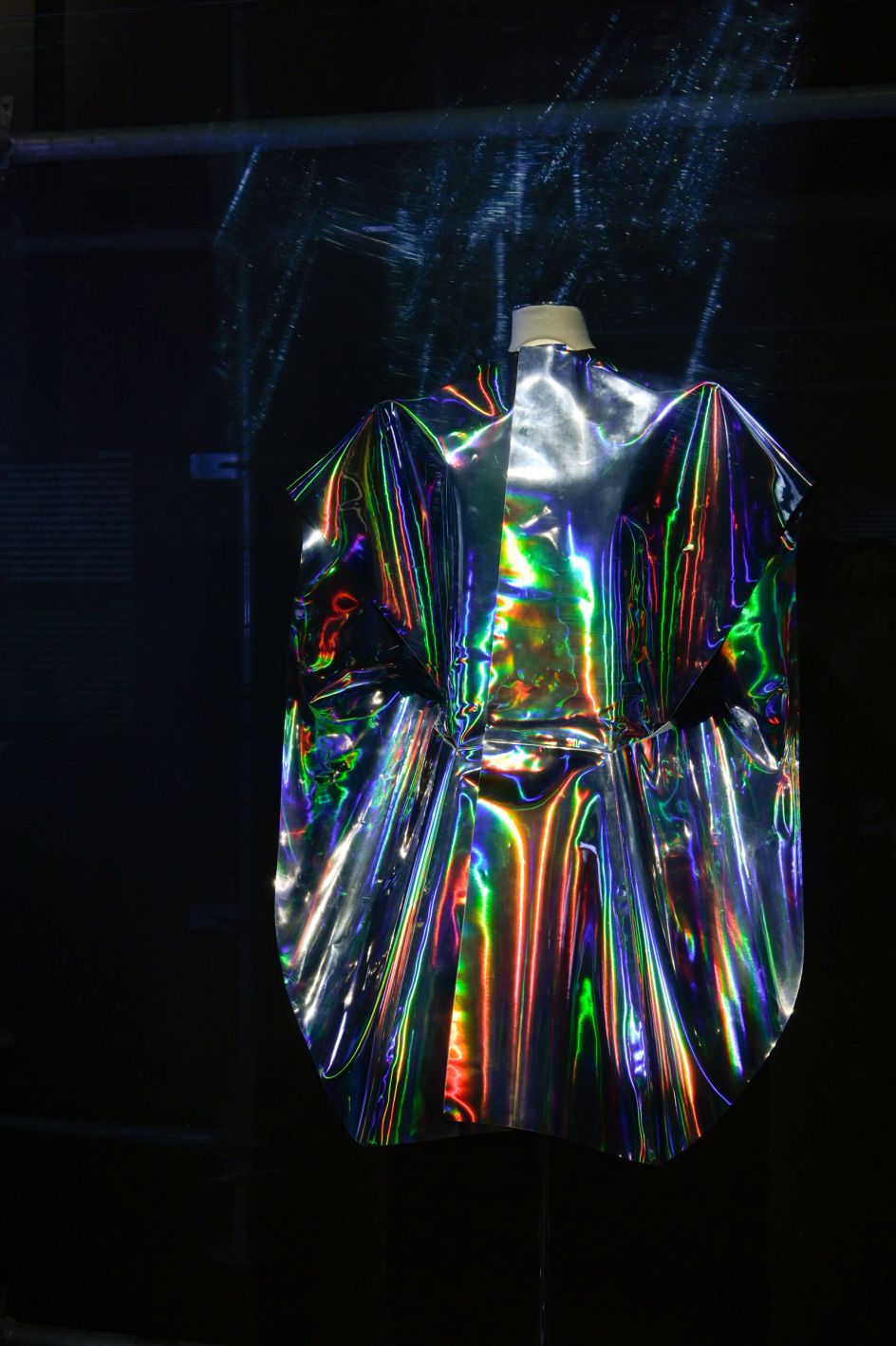
Jeff Mills' supernatural costume. Photo credit - Gil Lefauconnier
Elsewhere, explore how club communities have addressed laws intended to halt rave culture and the expressions of resistance that have empowered minority groups. From the removal of the Berlin Wall and its transition into a new haven for club and rave culture to the recent campaign that saved iconic London club, Fabric, cultural movements are at the heart of defending club culture.
Electronic: From Kraftwerk to The Chemical Brothers opens at the Design Museum on 1 April and runs until 26 July 2020. Find out more or book tickets via designmuseum.org.




 by Tüpokompanii](https://www.creativeboom.com/upload/articles/58/58684538770fb5b428dc1882f7a732f153500153_732.jpg)


 using <a href="https://www.ohnotype.co/fonts/obviously" target="_blank">Obviously</a> by Oh No Type Co., Art Director, Brand & Creative—Spotify](https://www.creativeboom.com/upload/articles/6e/6ed31eddc26fa563f213fc76d6993dab9231ffe4_732.jpg)








